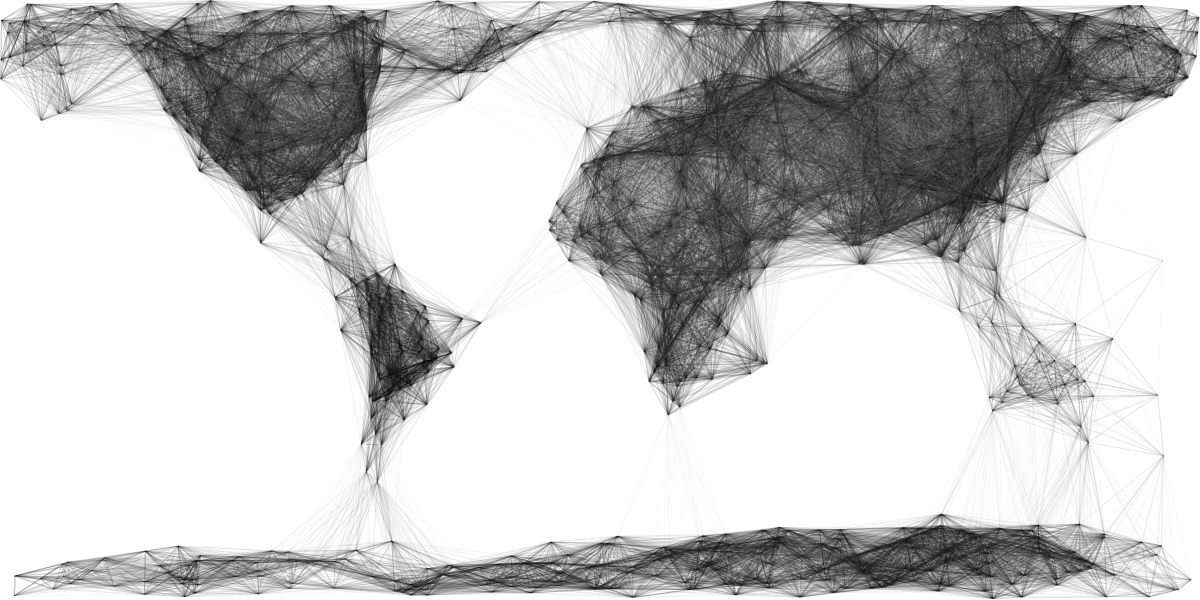
Keith Peters

Keith Peters
Trees are the ancient precursors of modern-day networks.
"With their roots firmly entrenched in the ground and branches reaching toward the skies, they embody a link between heaven, Earth, and the underworld -- a unifying symbol of all elements, physical and metaphysical" - Manuel Lima

The tree of knowledge of good and evil from the Book of Genesis. It is a tree in the Garden of Eden from which Adam was forbidden to eat.

Buddha in meditation under a tree.
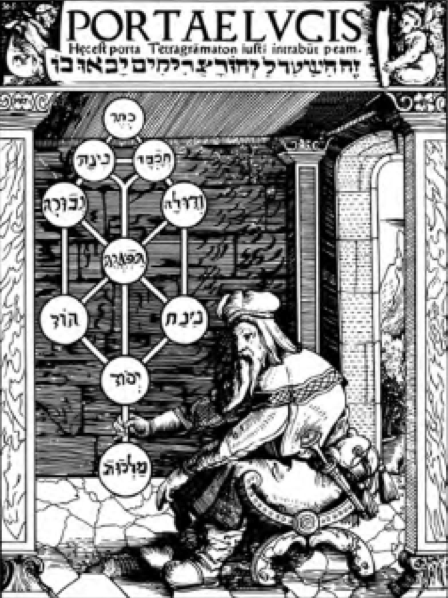
The Sephirotic tree, a mystical symbol, central to esoteric Judaism. A pivotal element of the Kabbalah wisdom, the Sephirotic tree is a diagram of ten circles symbolizing ten emanations of divine energy.
The tree schema has also been an important metaphor for the classification of the natural world - the Tree of Life.
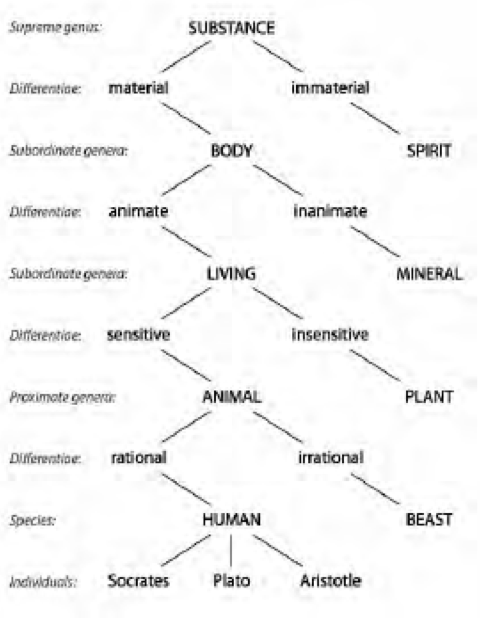
In Categories - the first of six works on logic, collectively called Organon - Aristotle (384-322 BCE) gives a fundamental contribution to classification. Expanding on Aristotle's ideas, the Greek Philosopher Porphyry (234-ca. 305 CE) conceived the oldest know classificatory tree diagram.
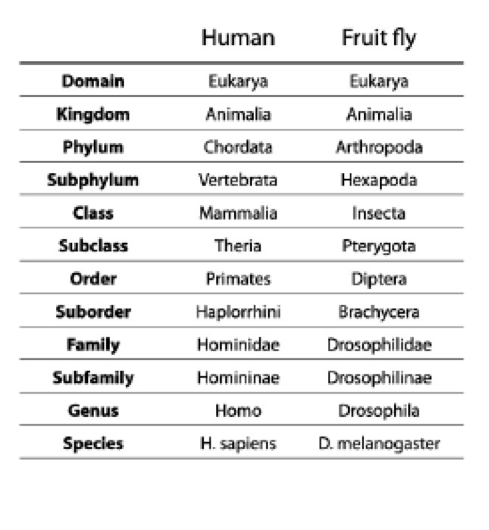
One of the greatest, modern contributions to biological classification and nomenclature is given by Carl Linnaeus (1707-1778). The Linnaean taxonomy organized nature into three kingdoms (animal, vegetable, and mineral), which were hierarchically divided into sub-categories (class, order, species, to name a few). Organisms were categorized by their shared physical attributes.
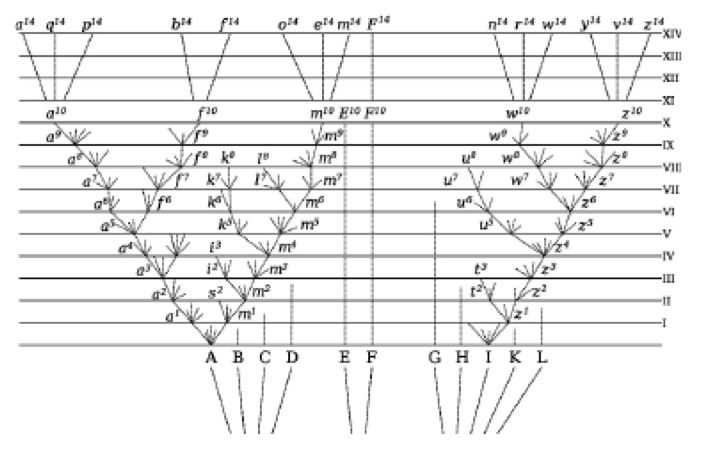
The evolutionary tree proposed by Charles Darwin (1809-1882) is a hierarchical representation of evolutionary relationships between biological species that share a common ancestor. This evolutionary representation introduced an original ingredient in the biological classification picture - the temporal dimension - encompassing the change and adaptation of species over time.
The tree has been historically used as a structure for the classification of human knowledge as well - the Tree of Knowledge.
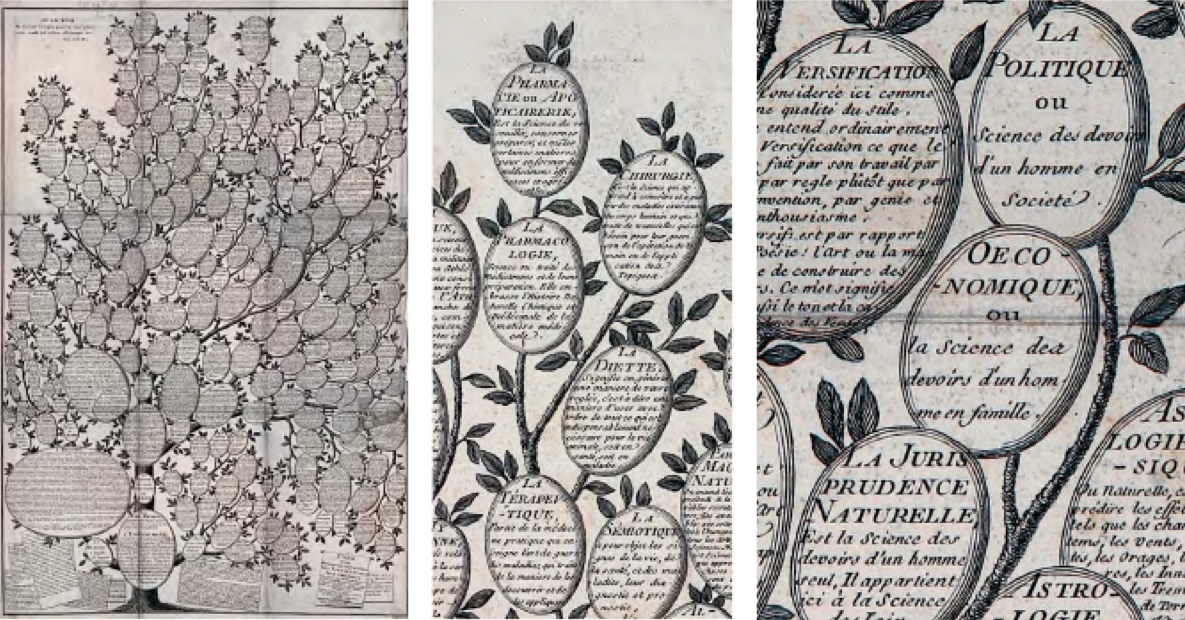
Denis Diderot and Jean le Rond d'Alembert Encyclopédie (1751).
Interestingly, Diderot believed an encyclopedia to be a directory of associations among ideas, expanding over the acyclic tree model, and reminiscent of our modern Wikipedia.
"Thanks to encyclopedic ordering, the universality of knowledge, and the frequency of references, the connections grow, the links go out in all directions, the demonstrative power is increased, the word list is complemented, fields of knowledge are drawn closer together and strengthened... If our dictionary is good, how many still better works it will produce!" - Denis Diderot
The hierarchical tree model has been recently criticized, especially when compared with the complexity of the modern view of nature and society. Opposing voice associates trees with:
French philosophers Gilles Deleuze and Félix Guattari in A Thousand Plateaus (1980) oppose the central, unidirectional, and absolute arborescent conception and propose the concept of rhizome, a new model for knowledge and society aiming at acknowledging decentralization, multilinearity, and diversity.

The term rhizome comes from the botanical rhizome (from Ancient Greek "mass of roots"), a stem of a plant that is usually found underground, often sending out roots and shoots from its nodes.
"In contrast to centered (even polycentric) systems with hierarchical modes of communication and preestablished paths, the rhizome is an acentered, nonhierarchical, nonsignifying system without a General and without an organizing memory or central automaton, defined solely by a circulation of states... A rhizome has no beginning or end; it is always in the middle, between things, interbeing, intermezzo... A plateau is always in the middle, not at the beginning or the end... a continuous, self-vibrating region of intensities whose development avoids any orientation toward a culmination point or external end. A rhizome is made of plateaus... The middle is by no means an average; on the contrary, it is where things pick up speed." - Gilles Deleuze and Félix Guattari
In 1948 american scientist Warren Weaver wrote a much discerning article entitled Science and Complexity. Weaver divided the history of modern science into three periods.
Boosted by the availability of large databases on the topology of various real networks, mainly the Web and biological networks, network science - the holistic study of real networks - exploded across the new millennium.
"Networks are present everywhere. All we need is and eye for them." - Albert-László Barabási
Nature, society, information, and technology are supported by ostensibly different networks.

The Internet network: nodes are computers or post-pc devices and links are wired or wireless connections between them.
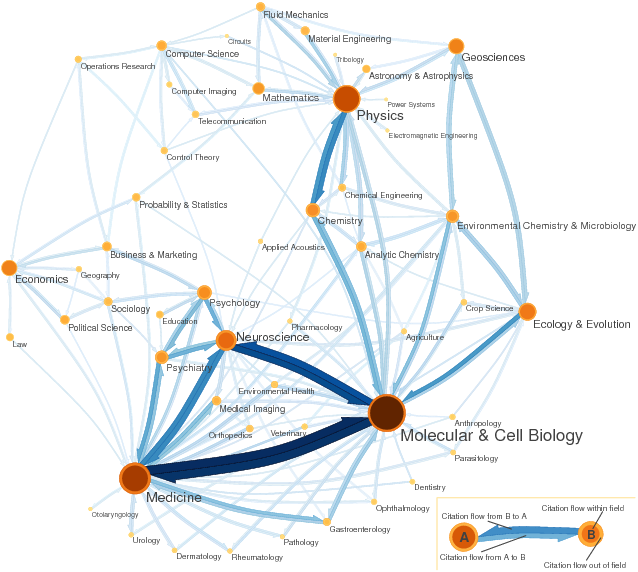
Discipline citation network: nodes are disciplines in science and social science and directed links represent citations from papers in different fields.

The first historical example of social network was a hand-drawn image depicting friendship patterns between the boys and the girls in a class of schoolchildren. The figure reveals that there are many friendships between two boys and two girls, but few between a boy and a girl.

The Facebook friendship network.

The neural network of the mammal's brain. Nodes are neurons and links are synaptic connections between neurons.
Interestingly, in the last decade many researchers independently discovered that, regardless of their age, function, and scope, real networks have similar architectures that defy random models, and laid the foundations of Network Science.
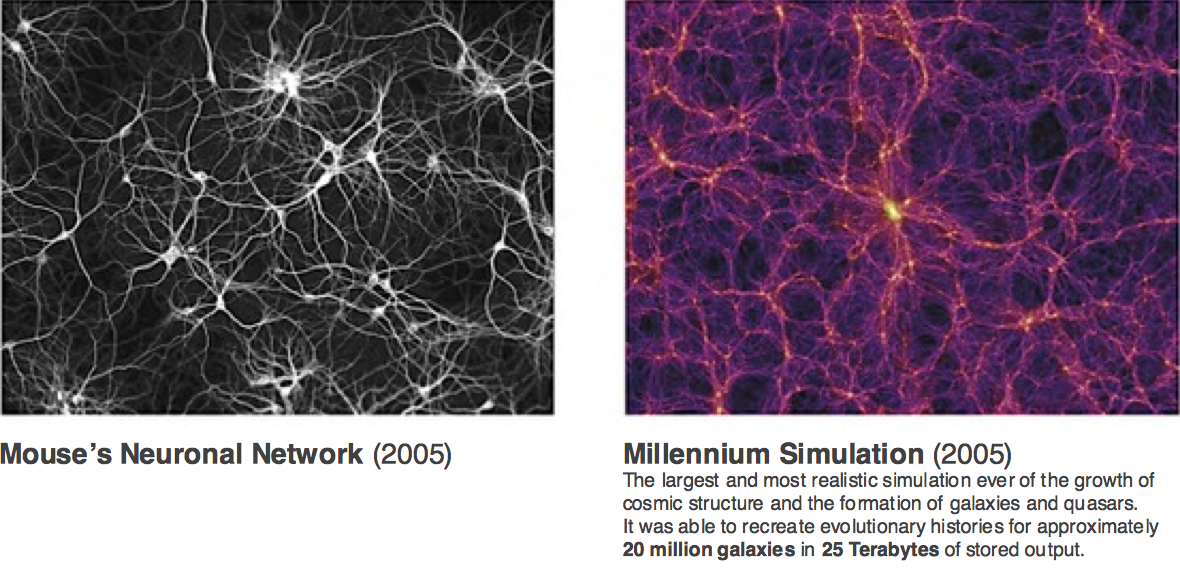
"Complex networks are not just omnipresent, they are also intriguing, stimulating, and extremely alluring structures. Networks are not just the center of a scientific revolution; they are also contributing to a considerable shift in our conception of society, culture, and art, expressing a new sense of beauty." - Manuel Lima
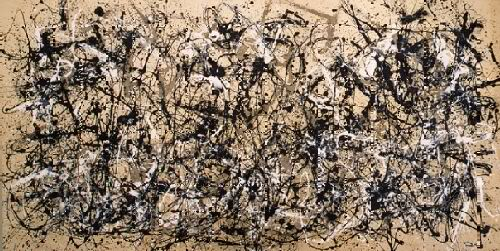
Jackson Pollock
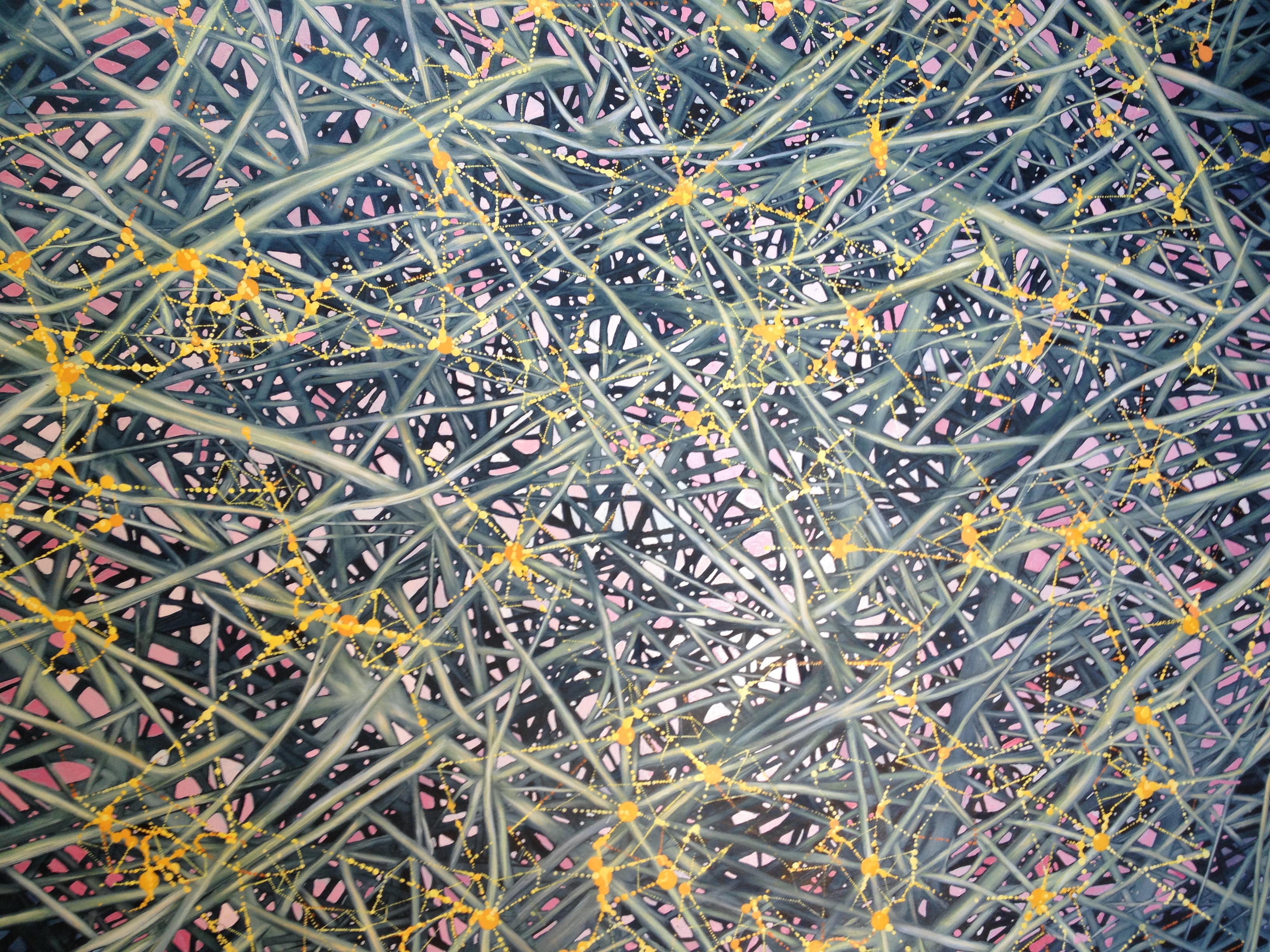
Sharon Molloy
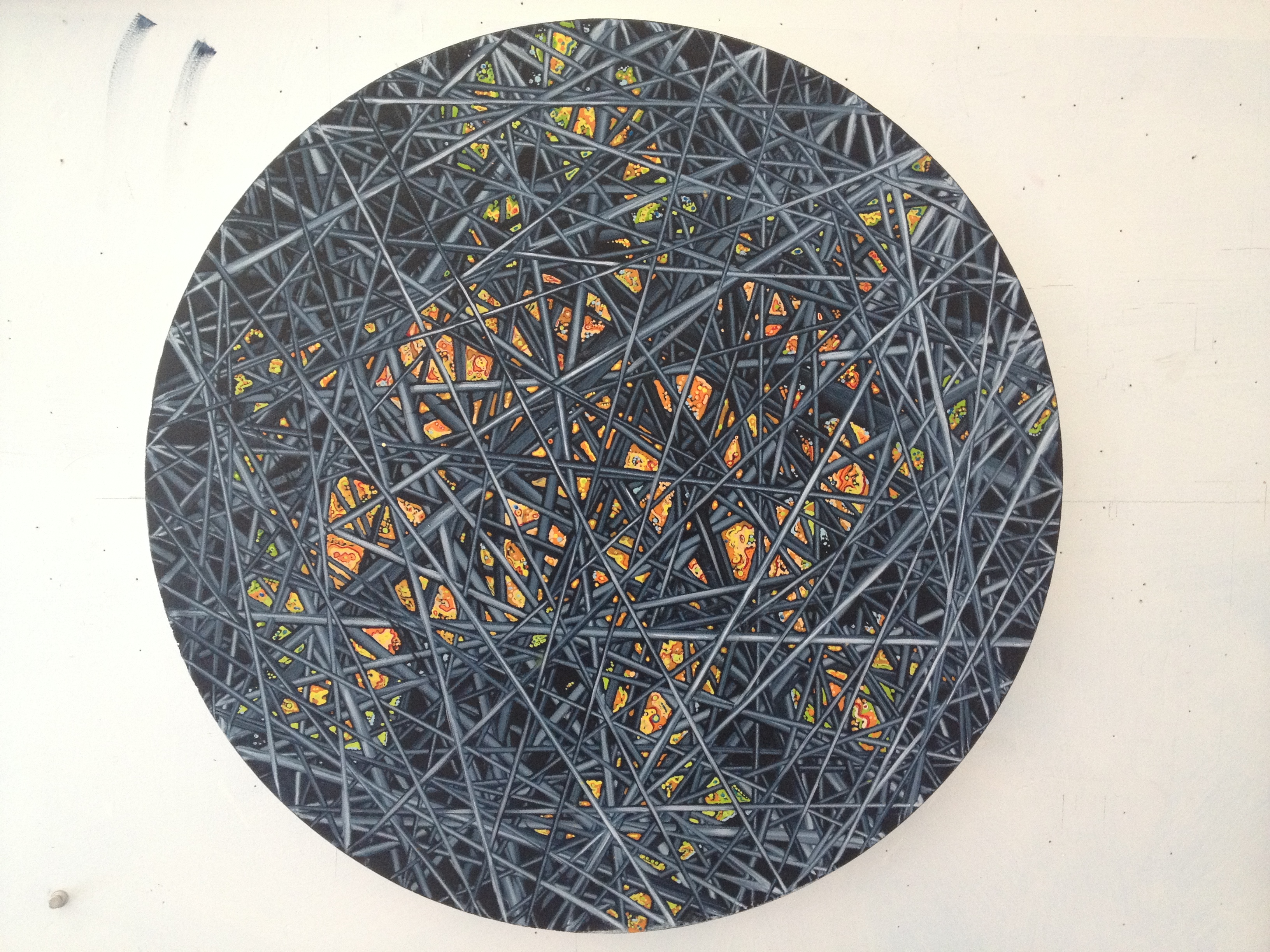
Sharon Molloy
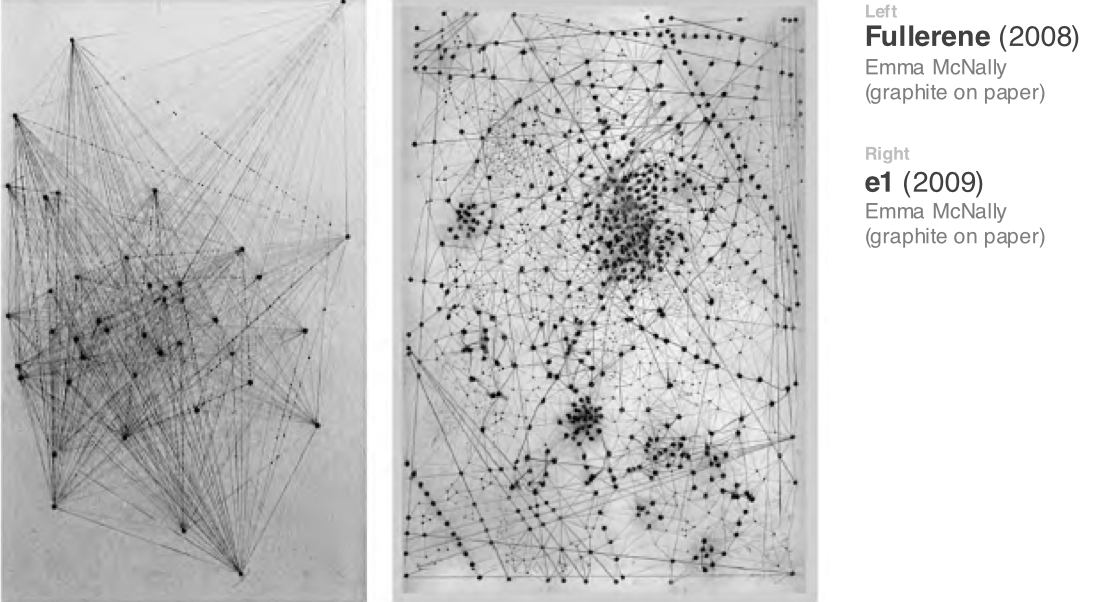
Emma McNally
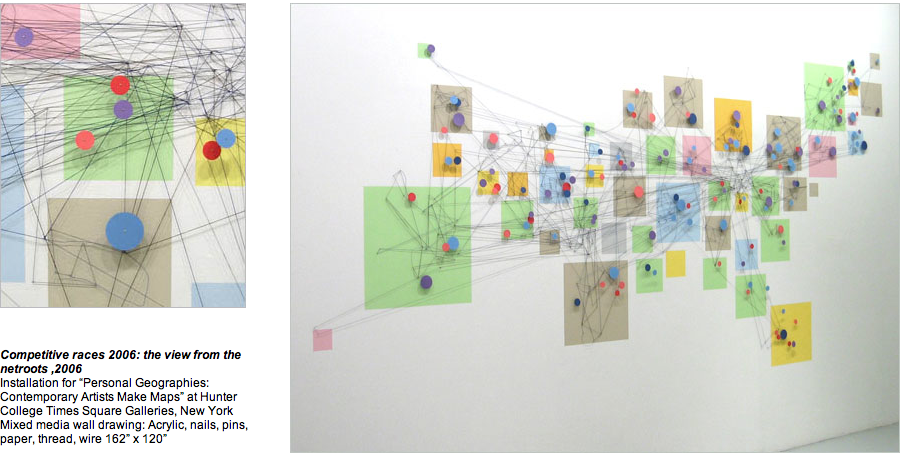
Janice Caswell
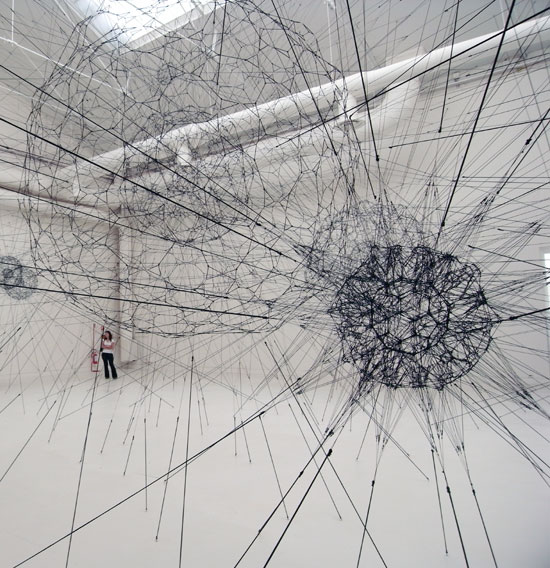
Tomas Saraceno
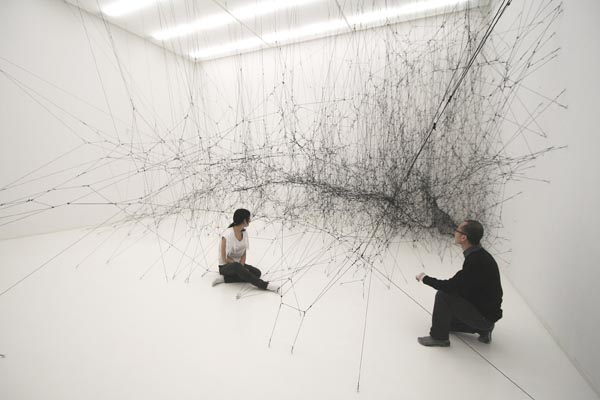
Tomas Saraceno

Tomas Saraceno
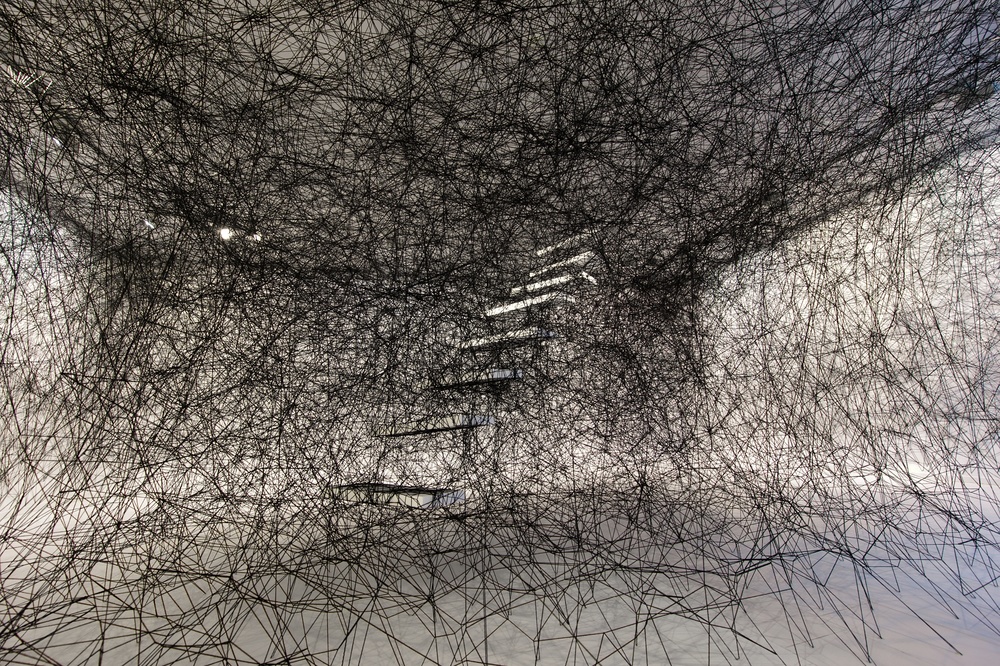
Chiharu Shiota
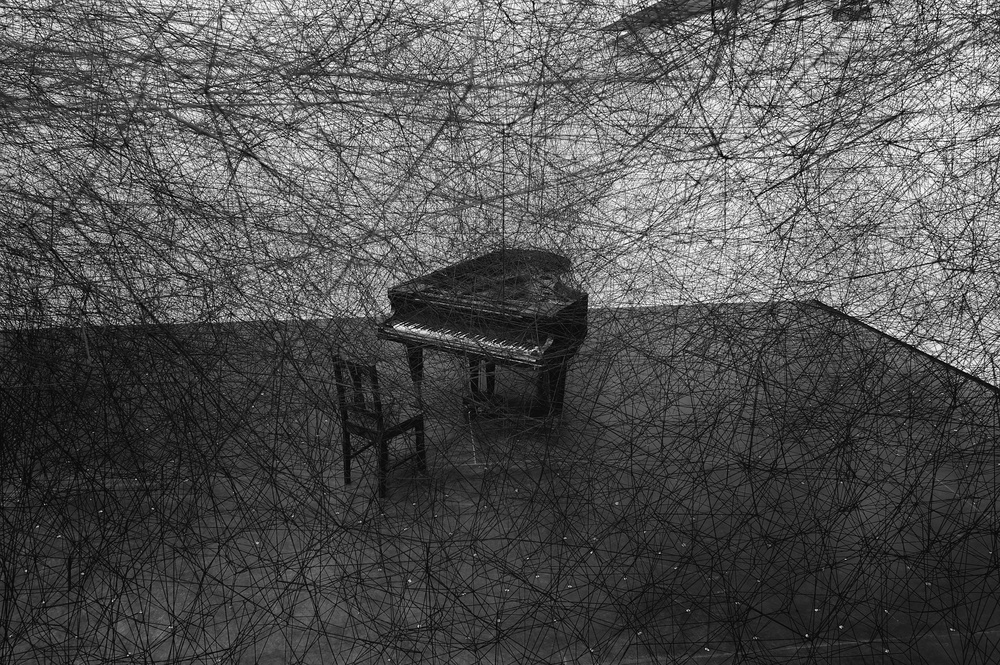
Chiharu Shiota
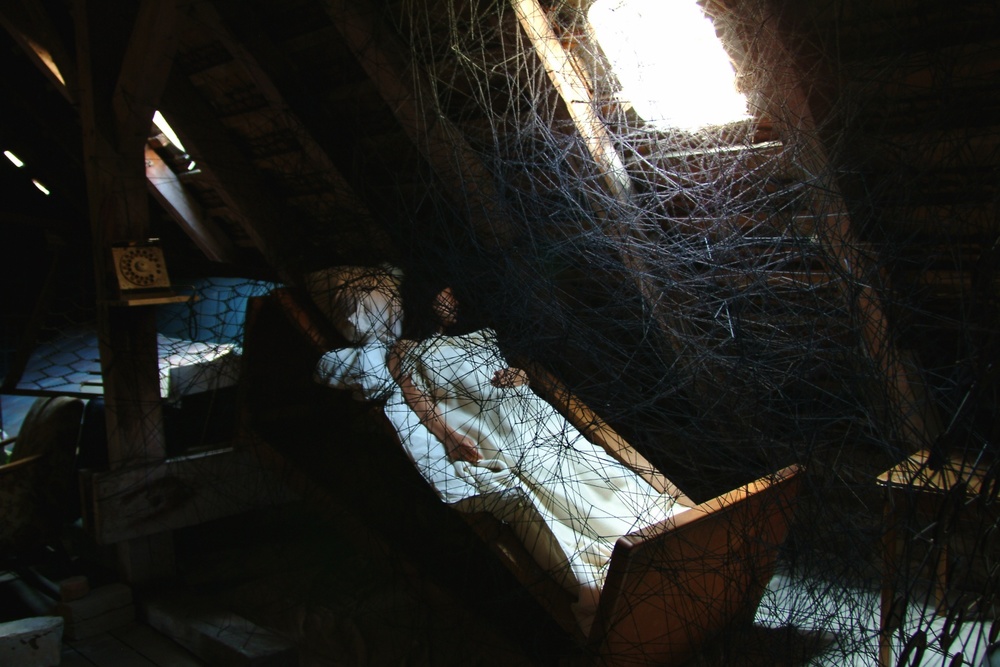
Chiharu Shiota
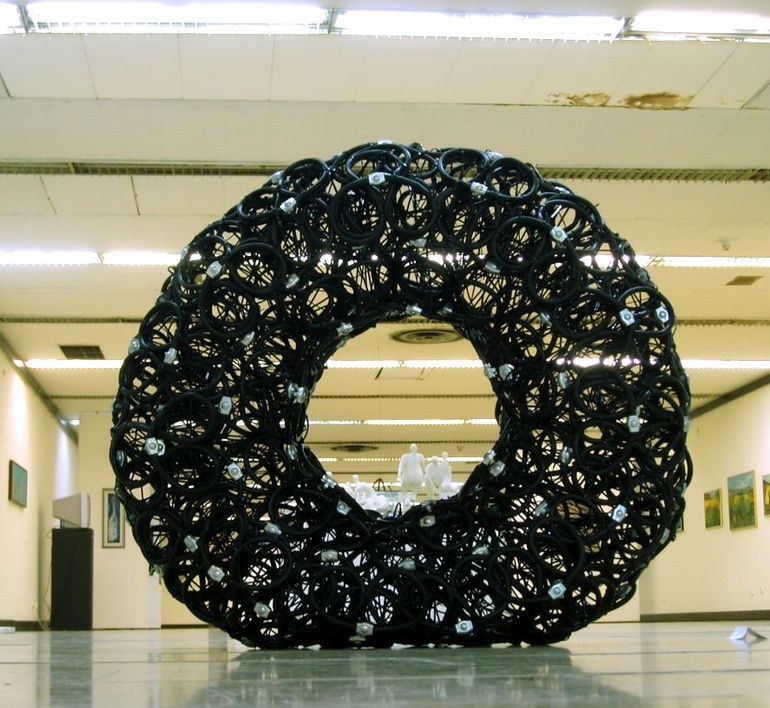
Dalibor Nikolic
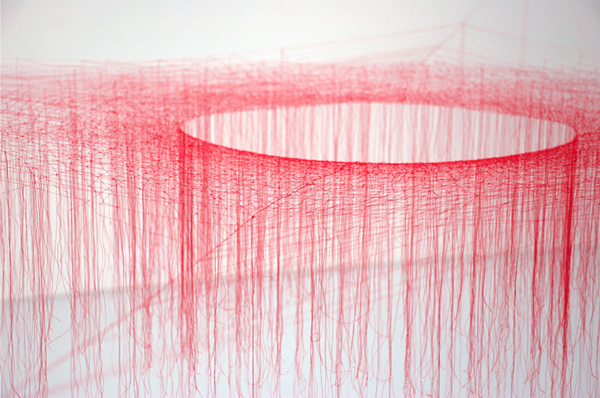
Akiko Ikeuchi
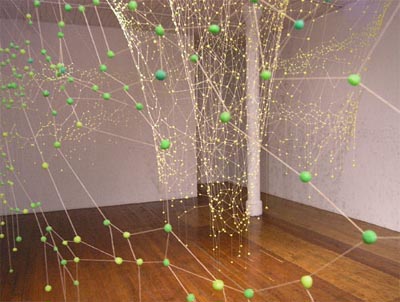
Ranjani Shettar
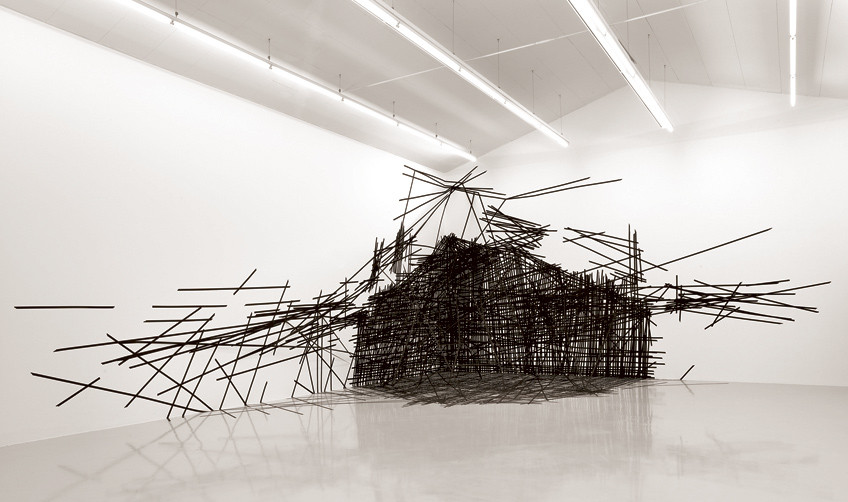
Monika Grzymala
"Technology alone is not enough - it's technology married with liberal arts, married with the humanities, that yields us the result that makes our heart sing." - Guess who?
I gave this talk to schoolchildren visiting the University of Udine, Italy, in January 2013. It has mainly been inspired by the work of Manuel Lima that I heartily thank. Some good references follow: